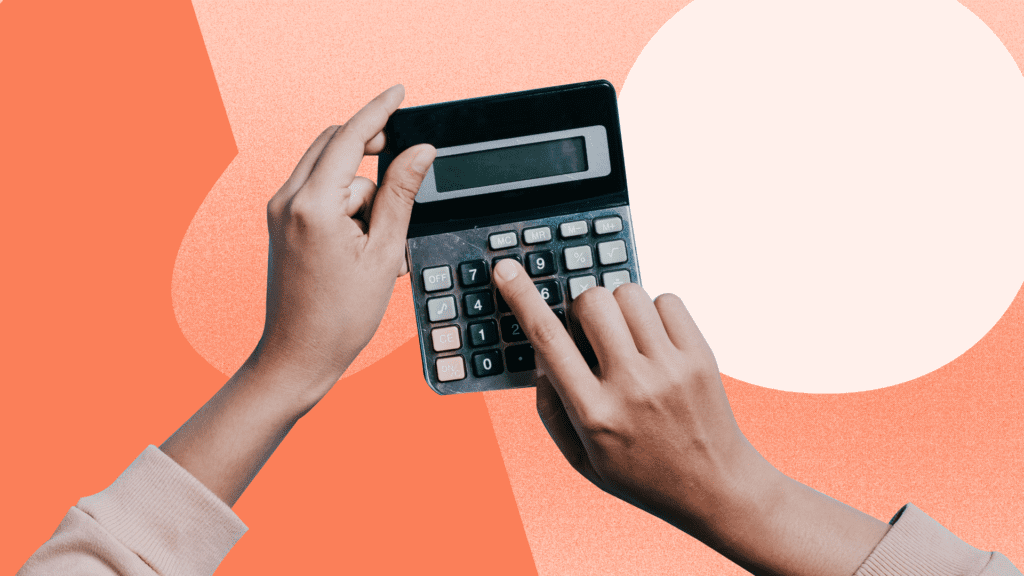Loan Calculator
Amortization Schedule
| Payment # | Payment | Principal | Interest | Balance |
|---|
Whether you’re planning to buy a home, finance a car, or consolidate debt, a loan calculator is your secret weapon for making smart borrowing decisions. But with so many types of loans and tools available, how do you pick the right one? This guide breaks down everything you need to know about loan calculators, their types, and how to choose the best one for your needs.
What Is a Loan Calculator?
A loan calculator is a digital tool that helps you estimate:
Monthly payments based on loan amount, interest rate, and term.
Total interest paid over the life of the loan.
Amortization schedules (how payments are split between principal and interest).
Affordable loan amounts based on your budget.
By inputting basic details, you can compare loans, avoid overborrowing, and tailor terms to your financial goals.
Types of Loan Calculators
Not all loans are the same—and neither are the calculators! Here are the most common types:
1. Personal Loan Calculator
Purpose: Estimate payments for unsecured loans (e.g., debt consolidation, medical bills, vacations).
Key Inputs: Loan amount, interest rate, term (1–7 years).
Best For: Borrowers seeking flexibility with no collateral.
2. Mortgage Calculator
Purpose: Calculate monthly payments for home loans, including principal, interest, taxes, and insurance (PITI).
Key Inputs: Home price, down payment, interest rate, loan term (15–30 years).
Best For: Homebuyers or refinancers.
3. Auto Loan Calculator
Purpose: Determine monthly payments for car loans, factoring in trade-ins or dealer incentives.
Key Inputs: Vehicle price, down payment, loan term (3–7 years), APR.
Best For: Car shoppers comparing financing options.
4. Student Loan Calculator
Purpose: Estimate payments for federal or private student loans, including income-driven repayment plans.
Key Inputs: Loan balance, interest rate, repayment term (10–25 years).
Best For: Graduates managing education debt.
5. Business Loan Calculator
Purpose: Forecast payments for small business loans, lines of credit, or equipment financing.
Key Inputs: Loan amount, term, interest rate (fixed or variable).
Best For: Entrepreneurs planning investments or cash flow needs.
6. Debt Consolidation Calculator
Purpose: Compare current debts vs. a consolidation loan to see if you’ll save on interest or lower payments.
Key Inputs: Existing balances, interest rates, new loan terms.
Best For: Those struggling with multiple high-interest debts.
How to Choose the Best Loan Calculator
With countless calculators online, follow these tips to find a reliable one:
1. Prioritize Accuracy
Use calculators from trusted sources like banks (e.g., Bankrate, NerdWallet) or official lender websites.
Ensure they account for all costs (e.g., fees, insurance, taxes).
2. Look for Customization
The best calculators let you adjust:
Extra payments (to see how paying more reduces interest).
Variable vs. fixed rates (critical for mortgages or business loans).
Amortization tables (to visualize payment breakdowns).
3. Check for Mobile-Friendly Design
A responsive calculator works smoothly on phones, tablets, and desktops.
4. Compare Multiple Tools
Test different calculators to cross-verify results. Small discrepancies could indicate missing variables.
5. Read Reviews
User feedback can highlight tools that are glitchy or misleading.
Example Scenario: Maria’s Car Loan
Maria wants to buy a 30,000carwitha30,000carwitha5,000 down payment. She’s considering a 5-year loan at 5% APR.
Using an auto loan calculator:
Loan Amount: $25,000
Monthly Payment: $472
Total Interest: $3,320
Total Repayment: $28,320
Maria realizes paying an extra 50/monthwouldsave50/monthwouldsave600 in interest and shorten the term by 10 months.
Pro Tips for Using Loan Calculators
Play with Terms: Even a slightly shorter term or lower rate can save thousands.
Factor in Fees: Origination fees (1–6% of the loan) can impact affordability.
Check Your Credit Score: Higher scores = better rates. Use a calculator to see how improving your score affects payments.
Beware of “Pre-Approval” Traps: Lenders may pre-approve you for more than you can afford—stick to your budget.
Alternatives to Loan Calculators
Spreadsheets: Build custom amortization tables in Excel or Google Sheets.
Financial Advisors: Get personalized advice for complex loans (e.g., mortgages, business financing).
Lender Consultations: Discuss rates and terms directly with banks or credit unions.


